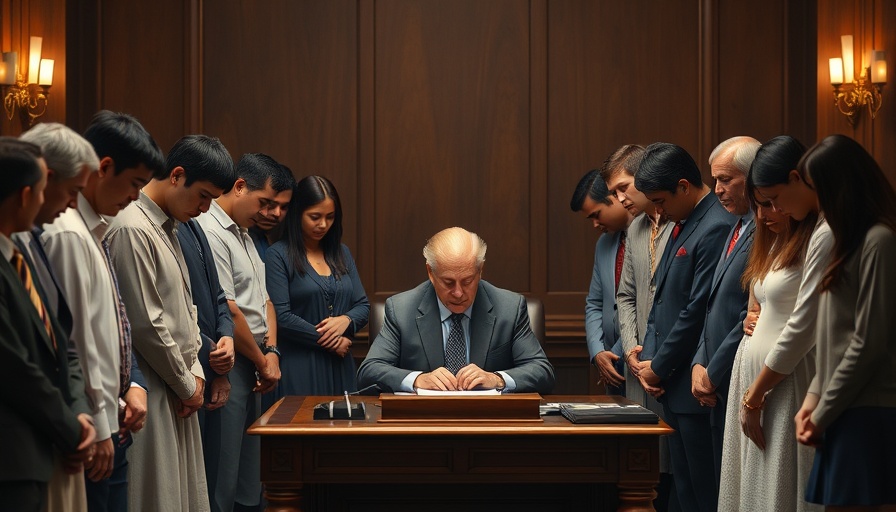
The Mental Health Crisis in Rural Texas: A Growing Concern
The narrative of mental healthcare in rural Texas is one of desperation. As exemplified by the tragic story of Daniel Lee Eller, mental health issues in small towns like Sweetwater often go unaddressed, underscoring a significant crisis that affects many community members. Eller’s suicide highlights the urgent need for effective mental health resources and the dire consequences of a system that falls short.
The Challenges of Access to Care
In rural areas, the accessibility of mental healthcare is a substantial barrier. Public hospitals, such as Sweetwater’s, have been attempting to recruit counselors to address growing crises; however, these efforts often meet with limited success. The geographical isolation, coupled with societal stigma around mental health, often prevents residents from seeking necessary help.
West Texas Centers, the region’s mental health authority, faces challenges due to an overwhelming demand for services. Interviews with community members reveal that many individuals requiring mental health interventions are left in precarious situations—sometimes resorting to tragic measures when care is out of reach. Furthermore, the transition to telehealth services, while beneficial for some, does not cater to all, particularly for those uncomfortable with technology, as seen in Eller’s case.
Understanding Mental Health in Context
Sweetwater is emblematic of a broader trend observed in many rural towns across the United States. The interplay of socioeconomic factors, including limited job opportunities and rising drug abuse, exacerbates mental health challenges. The local economy struggles due to a lack of investment and resources, which feeds a cycle of despair and mental health crises. When individuals feel that their livelihoods are threatened and the social fabric of their community is unraveling, mental well-being inevitably deteriorates.
What Can Be Done?
Solutions must address both immediate and long-term needs. Community leaders and business owners can play a crucial role in advocating for better mental health services and funding. Public-private partnerships could pave the way for enhanced care through recruitment drives for mental health professionals, incentivizing them with competitive salaries and benefits. Business owners can also create awareness campaigns that destigmatize mental illness, encouraging open conversations about mental health within the community.
Moreover, local governments must allocate resources to improve transportation infrastructure, making it easier for residents to access care facilities—whether that be in-person visits or telehealth appointments. Collaborative measures can help cultivate a supportive ecosystem that not only acknowledges but actively addresses mental health issues.
A Call to Action for Community Empowerment
The tragic fate of Daniel Eller serves as a wake-up call for stakeholders in Texas and beyond. This crisis cannot be ignored any longer. By bringing mental health awareness to the forefront and taking actionable steps, communities can start to heal. It’s imperative for business owners and community leaders to open dialogues regarding mental health and actively support initiatives that promote wellness.
Encouraging collaboration among local organizations, healthcare providers, and businesses can spark change. As community members rally together to advocate for better mental health resources, the ripple effects can lead to a more resilient and healthier populace.
Conclusion: Hope in Advocacy
While rural Texas continues to face challenges in its mental healthcare system, hope lies in advocacy and community engagement. By prioritizing mental health initiatives, we can work towards a safer environment for future generations. The call to action is clear: local leaders in business and community must unite to significantly enhance the mental health infrastructure.
 Add Row
Add Row  Add
Add 




Write A Comment